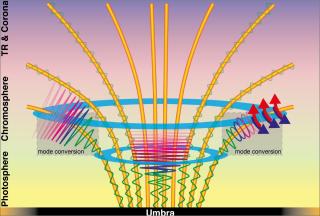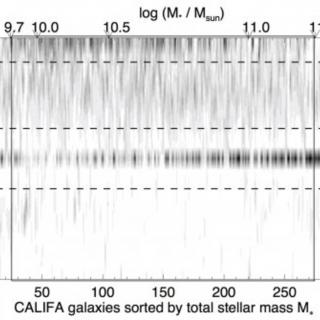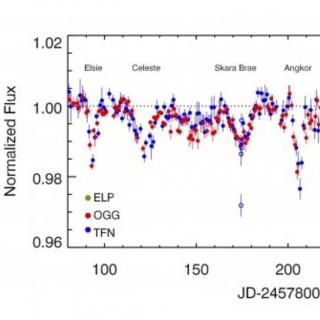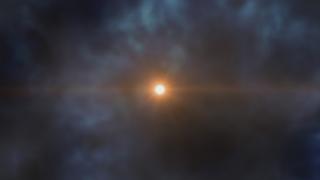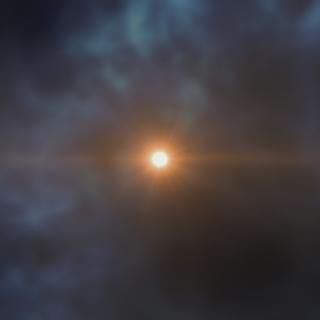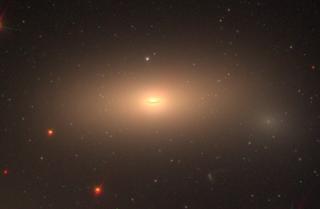
Researchers at the Instituto de Astrofísica de Canarias (IAC) confirm the first detection of a relic galaxy with the Hubble Space Telescope. The results of this research are published today in Nature magazine.
Advertised on
This section includes scientific and technological news from the IAC and its Observatories, as well as press releases on scientific and technological results, astronomical events, educational projects, outreach activities and institutional events.

